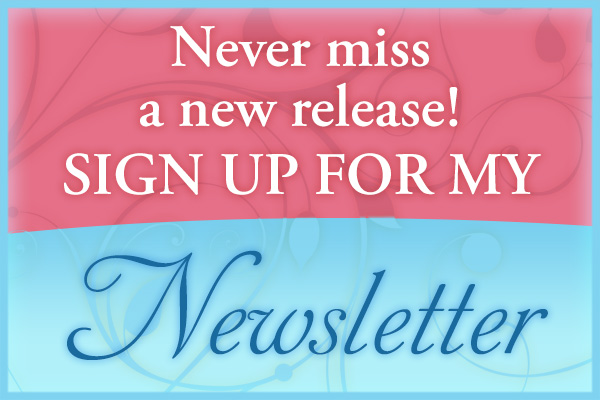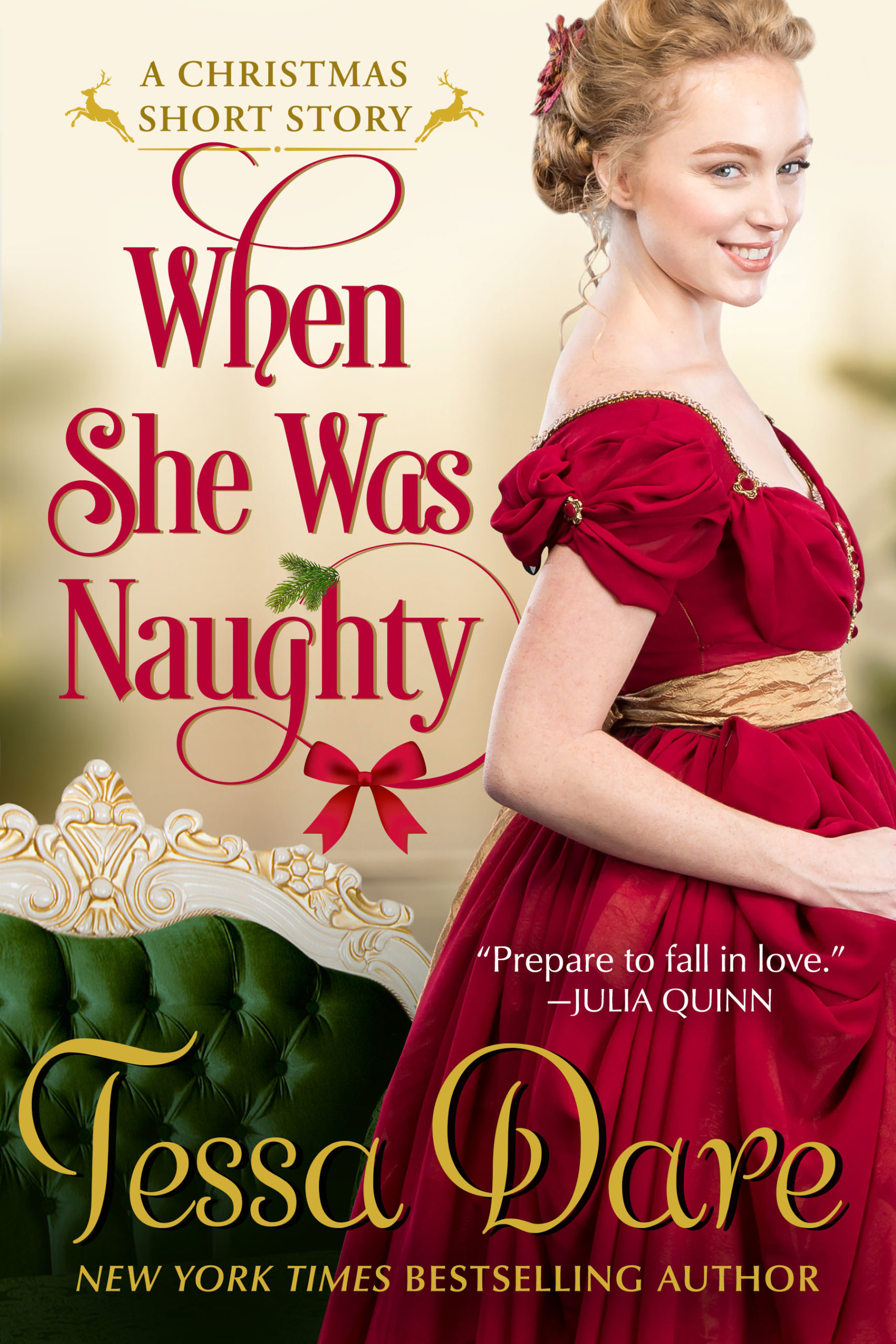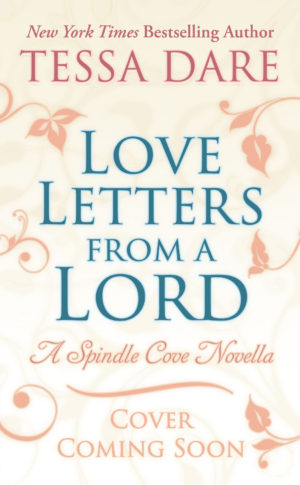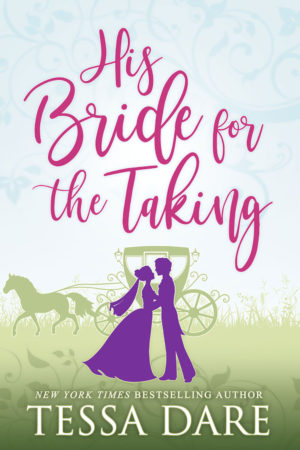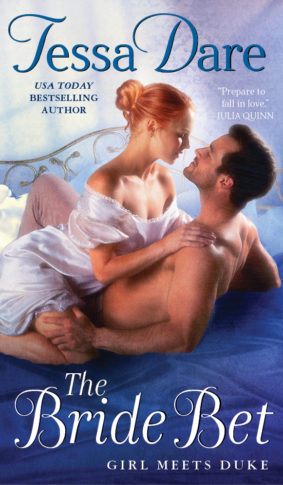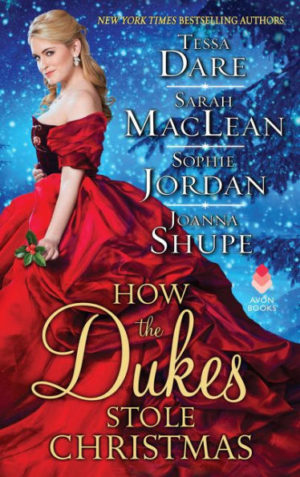|
A while back, I shamelessly asked for blogging ideas, and Sarah Tormey (I believe?) suggested I blog about how my writing process has changed since I began writing romance.
Gee, what an interesting question! Honestly, I am not sure. Let’s see. I’m currently writing my 6th romance novel (not counting the novella).
Things that have not changed: My pace of writing. Compared to many, I am a relatively slow writer. If I get 1500 words in a day, I’m thrilled. With deadlines every 5-6 months, this has meant I must be very disciplined and write almost every day. Of course, I inevitably fall behind–and I’m able to push myself to write 4 or 5,000 words in a day occasionally, when I need to. But that’s rare.
I still use the same method of plotting (or lack thereof). I tend to sketch out a fairly loose plot, basically strung around a series of “moments” I’m building toward (turning points, I suppose you might call them). But the connecting scenes between points A, B, C, etc. usually develop and evolve as I’m writing.
I like to think I’m a little better at identifying plot or characterization problems as they arise, and taking steps to correct them earlier rather later. Not perfectly prescient, of course, but to some degree I think I’ve internalized the voices of my trusted CPs and editor and can “hear” what they’d say before they say it. 🙂
Which leads me to another difference–I don’t exchange writing with critique … Read More »







